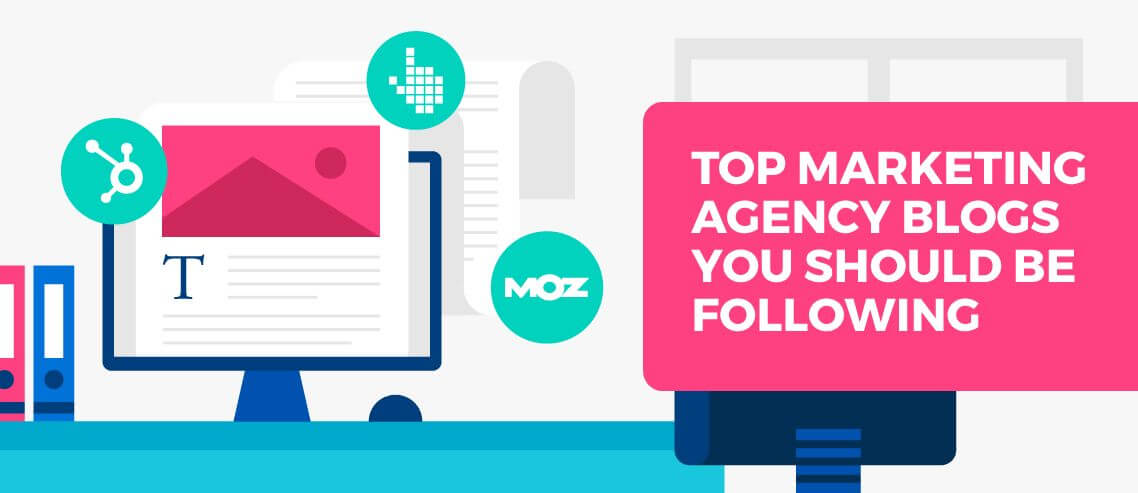How to Create Linkable Content that Makes Outreach a Breeze

Contents
Link building is tough…
But what if I told you there was a way to get those links coming on a continuous basis, once you do your homework once.
It all comes to creating linkable content and using smart outreach methods. Yes, it’s hard work but once done, you’ll be able to sit back and watch those links coming!
There are three types of content that attracts links and makes email outreach easier and more effective:
- Original research (survey-based)
- Ego-baiting content (one featuring notable niche influencers)
- Content that ranks well (Ultimately, you want to stop outreach but have those links coming… This is possible if you get your content rank in top 5 for a popular query that bloggers and journalists search for to put together content and research of their own)
But the real power of outreach-friendly content marketing is in combining all of the three types in one content.
But I am getting ahead of myself. Let’s look into each of this in more detail:
1. Come up with Content Idea that Ranks
Here I start with linkable content #3 because it lays the foundation for everything: We need to find a searchable idea, i.e. one that may be research by bloggers and journalists who will hopefully discover our research on Google and link to it as a source. This is the ultimate goal, but to make it happen, this is also where we start.
Keyword research usually helps in discovering ideas for your research, as well as question research. Basically, it’s the same type of brainstorming you’d when creating any type of content.
Looking and assessing your own content is a good idea here, actually, if you have been contributing industry content for at least a year, it’s probably the best place to start. You want to know which content attracts traffic, attracts links and engages your audience.
Check your own web analytics dashboard in search for some exceptionally great content. Here I am using Finteza which is an advanced traffic analytics platform with a huge focus on engagement and conversion analytics:
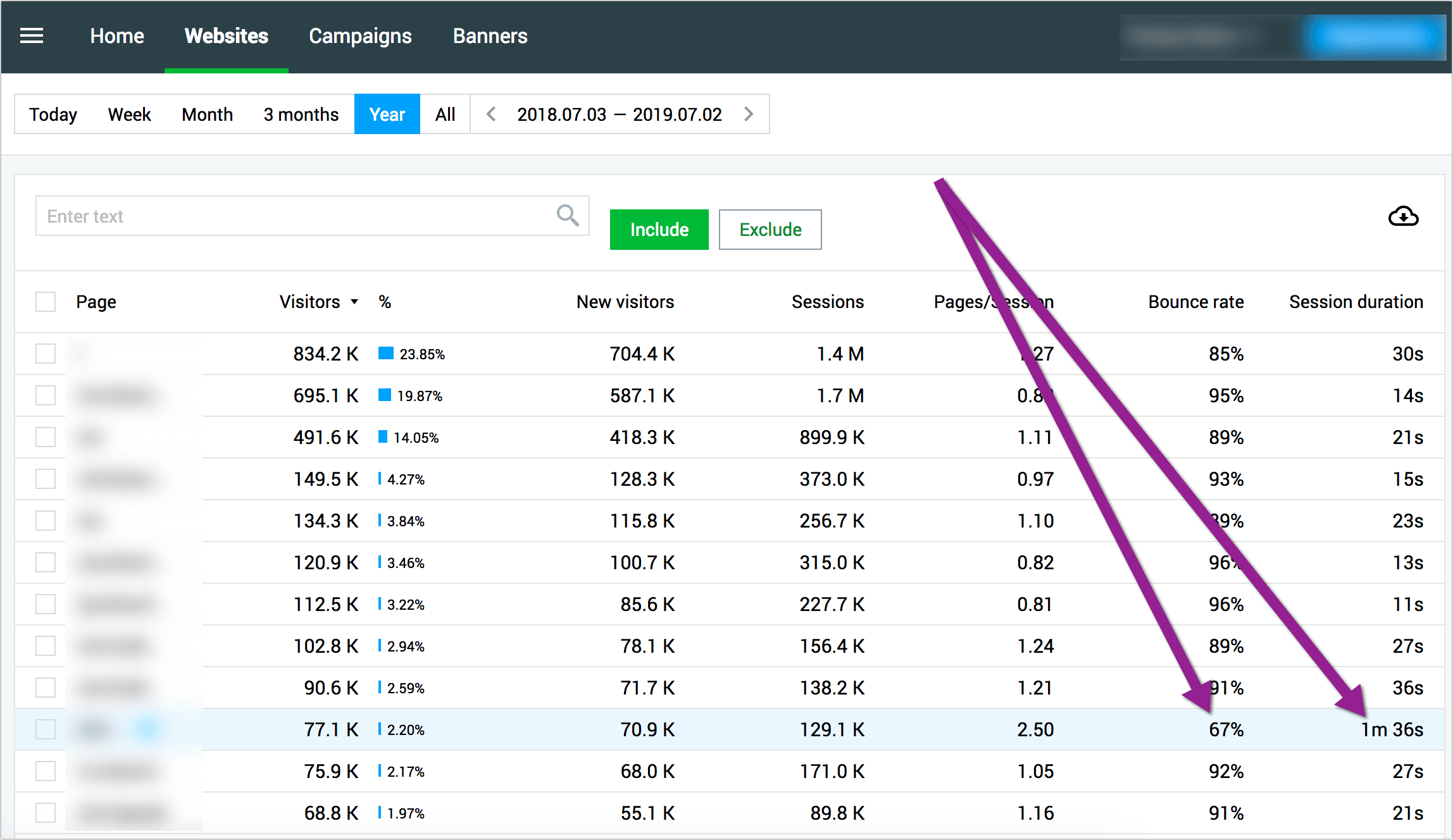
You can further research the selected content performance to see:
- Its traffic sources (Including search queries),
- Its driven conversion
- Its audience demographics, etc.:
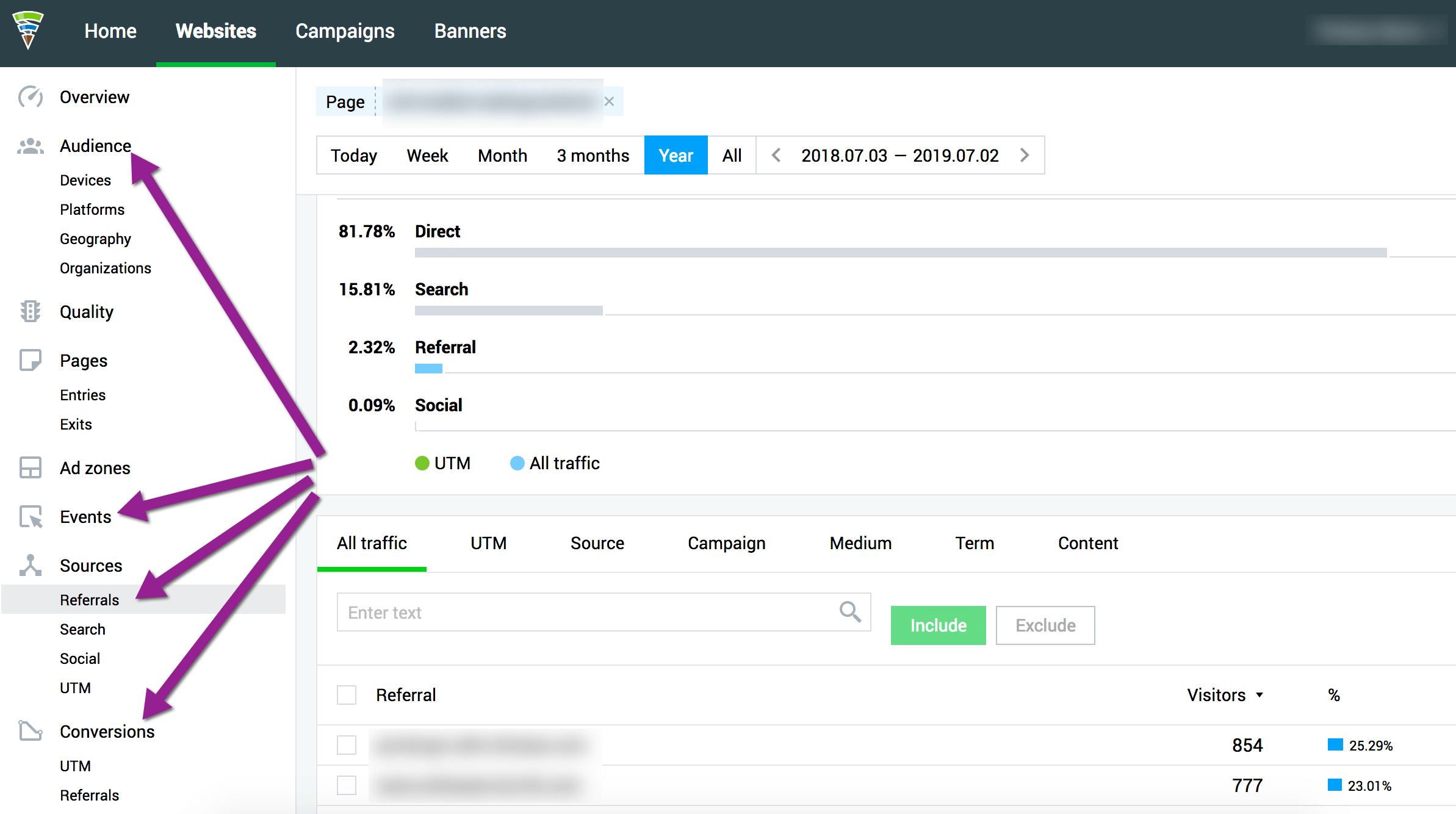
This gives you lots of information as to whether you should invest in turning this content asset into a survey-based research.
Make a good list of your ideas and search for existing research studies. Ideally you want to go ahead with the one that hasn’t been done for a while (if at all).
Actually, it’s best to choose the one that was done in the past but years ago. You’ll be able to claim those links by providing those publishers with updated data.
2. Collect Your Data
Once you know which topic / question you are building your content asset around, put together a survey and collect your data.
If you have a solid customer base, consider inviting them to complete your survey. This is free, plus it’s a good opportunity to re-engage your past customers.
Here’s also a detailed article on collecting free submissions for your survey which you can use in combination with other methods, like paying for SurveyMonkey’s Audience solution.
You can also collect answers from your current and future site visitors. I use Alter to engage my audience which should work for getting additional survey submissions too.

Alter is a smart marketing bot that aims at increasing your site engagement rate. You can connect it to your preferred email marketing software and then invite your new subscribers to complete the survey in the automated “Welcome” email.
For a solid research study, you’ll need at least 500 participants, so everything you can do here helps.
While collecting the responses, start coming up with visualization solutions. Here are a few tools and plugins to help.
3. Get Influencers’ Input
Besides collecting raw data, use “ego-baiting” technique to collect more ideas and add some trust signals to your future research study. Here’s how it will help:
- Influencers’ input makes any content more trustworthy and easier to remember (people will start associating your research with the recognizable names)
- Influencers’ input makes “associated ego-bait” possible, i.e. in your email outreach you’ll be able to mention notable names and that they contributed their insight. My Pubcon slide explains the concept as well as offers an outreach email example:
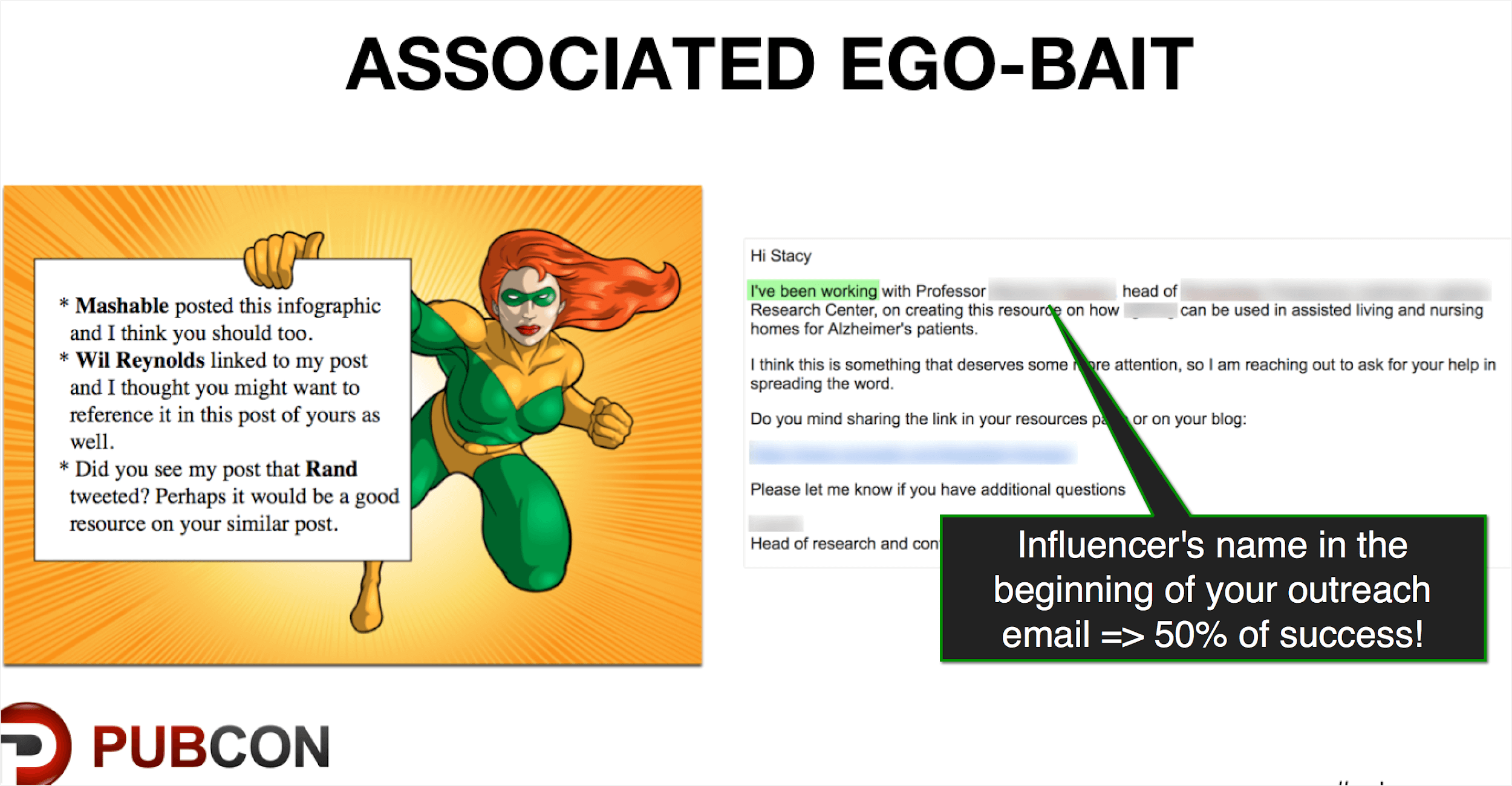
To give you a better idea, here are two well-known example of how original research can include a powerful ego-baiting component for better results:
- Moz’s “Ranking factors” survey featuring the list of contributing experts
- BigCommerce’s Omni-Channel report featuring quotes from notable industry experts:

On top of that, you’ll also be able to get those experts link to that asset to. Here’s an outreach email I received from the author of a similar project:
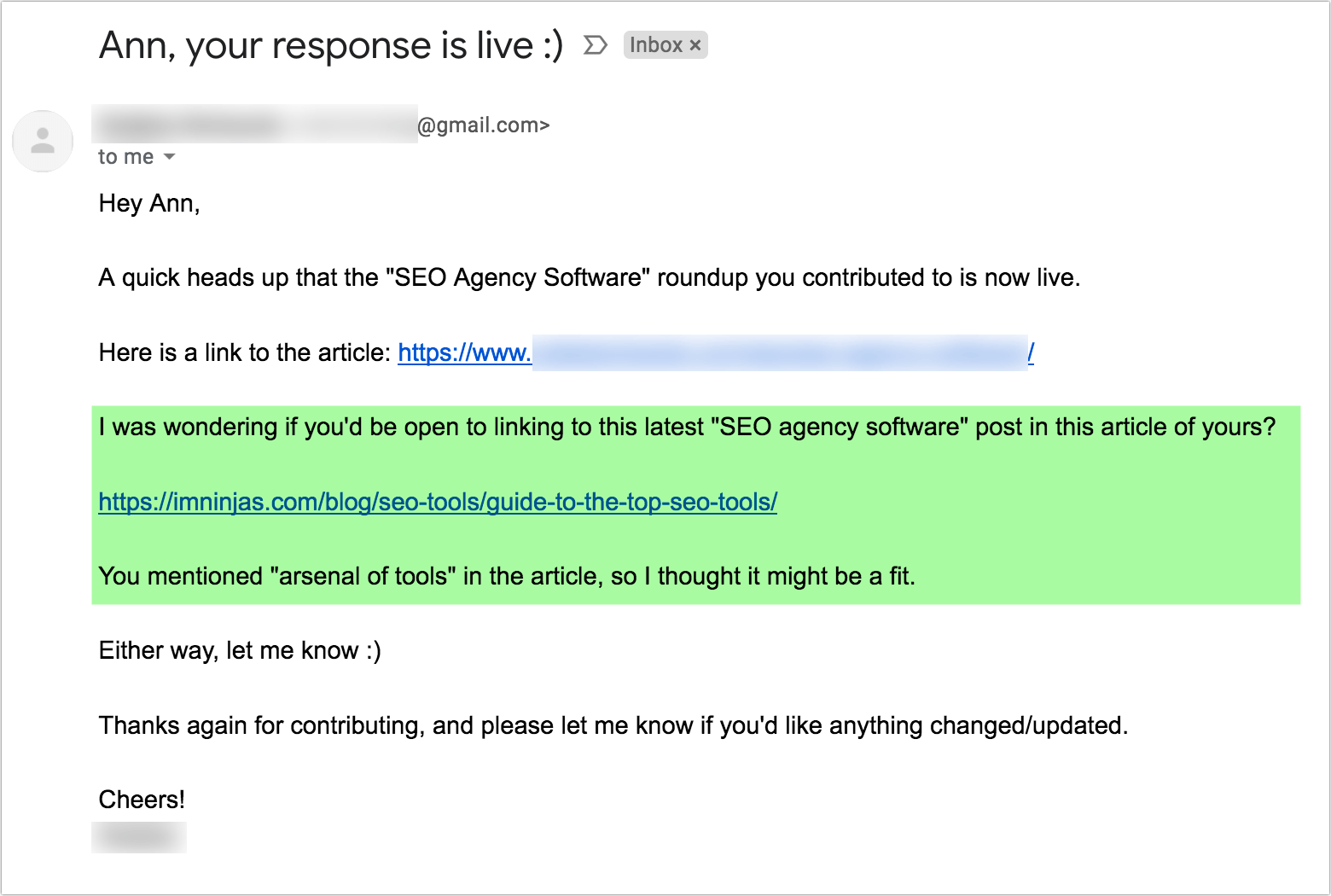
(Notice that this email includes exactly where and how I can link to the article. As a contributing expert, I couldn’t really resists this request!)
4. Put Everything Together
At this point, you need to create content that can both rank well and attract links. Use Text Optimizer to create content that will meet your target audience’s needs. Text Optimizer uses semantic analysis to identify associated concepts that need to be included in content:
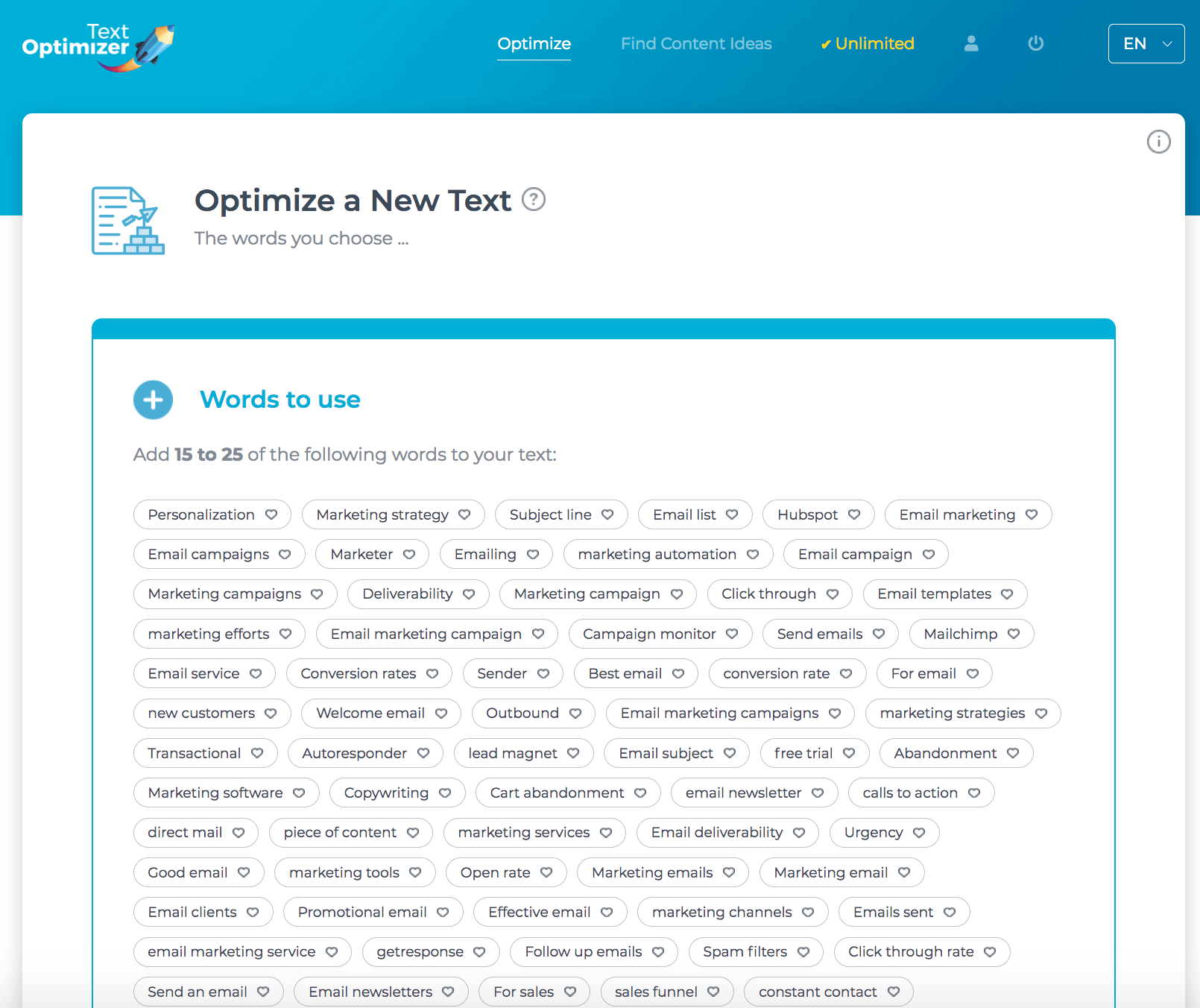
It is a great way to ensure your future asset will be able to rank higher as well as attract organic links.
Don’t underestimate the impact of visual appeal! Take some time to come up with appealing design and professional graphics. Highlight key takeaways, visualize numbers, create sharable images featuring influencers’ quotes, etc.
Now Start Your Outreach!
Original research + Ego bait + Email outreach = Your link building success
Don’t forget your ultimate goal is to generate links on an ongoing asset but don’t wait for them to come once you build it. Start with the email outreach while diversifying your templates:
- Claim links to old and outdated research on the same or similar topic
- Get your experts link to the content they contributed to
- Use associated ego-bait to generate more links through the brand association with contributing experts
- Get links from industry resources and lists
- Reach out to journalists and editors around the web

Here are additional ways to perform outreach: How to Still Build Links (Even in Boring Niches) with @JasonAcidre
Good luck!


